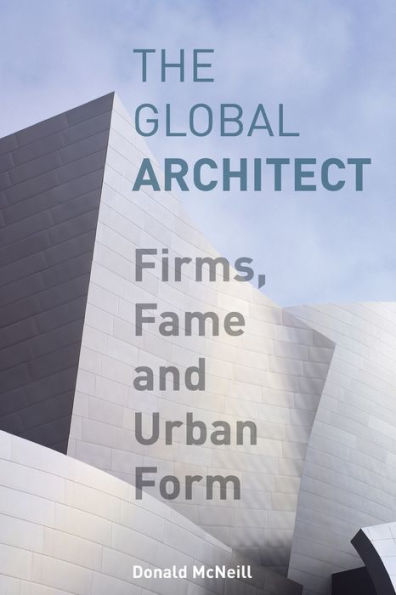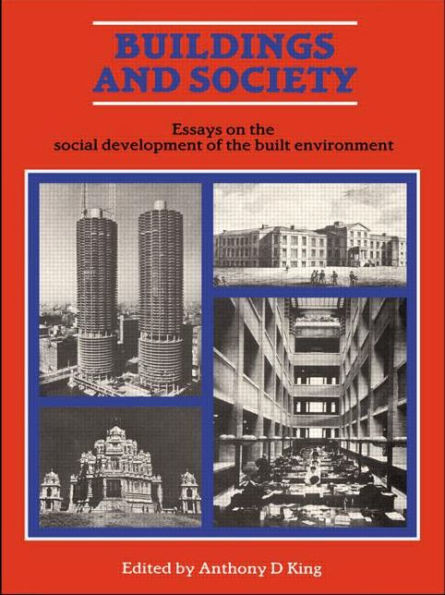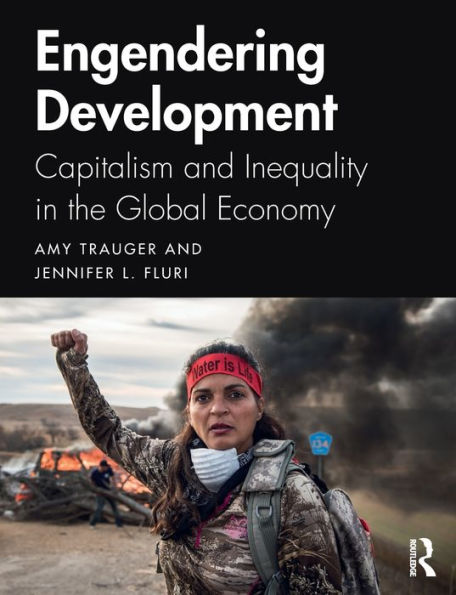Home
Architecture and Capitalism: 1845 to the Present / Edition 1
Loading Inventory...
Barnes and Noble
Architecture and Capitalism: 1845 to the Present / Edition 1
Current price: $240.00


Barnes and Noble
Architecture and Capitalism: 1845 to the Present / Edition 1
Current price: $240.00
Loading Inventory...
Size: OS
*Product Information may vary - to confirm product availability, pricing, and additional information please contact Barnes and Noble
Architecture and Capitalism
tells a story of the relationship between the economy and architectural design. Eleven historians each discuss in brand new essays the time period they know best, looking at cultural and economic issues, which in light of current economic crises you will find have dealt with diverse but surprisingly familiar economic issues. Told through case studies, the narrative begins in the mid-nineteenth century and ends with 2011, with introductions by Editor Peggy Deamer to pull the main themes together so that you can see how other architects in different times and in different countries have dealt with similar economic conditions. By focussing on what previous architects experienced, you have the opportunity to avoid repeating the past.
With new essays by Pier Vittorio Aureli, Ellen Dunham-Jones, Keller Easterling, Lauren Kogod, Robert Hewison, Joanna Merwood-Salisbury, Robin Schuldenfrei, Deborah Gans, Simon Sadler, Nathan Rich, and Micahel Sorkin.
tells a story of the relationship between the economy and architectural design. Eleven historians each discuss in brand new essays the time period they know best, looking at cultural and economic issues, which in light of current economic crises you will find have dealt with diverse but surprisingly familiar economic issues. Told through case studies, the narrative begins in the mid-nineteenth century and ends with 2011, with introductions by Editor Peggy Deamer to pull the main themes together so that you can see how other architects in different times and in different countries have dealt with similar economic conditions. By focussing on what previous architects experienced, you have the opportunity to avoid repeating the past.
With new essays by Pier Vittorio Aureli, Ellen Dunham-Jones, Keller Easterling, Lauren Kogod, Robert Hewison, Joanna Merwood-Salisbury, Robin Schuldenfrei, Deborah Gans, Simon Sadler, Nathan Rich, and Micahel Sorkin.










